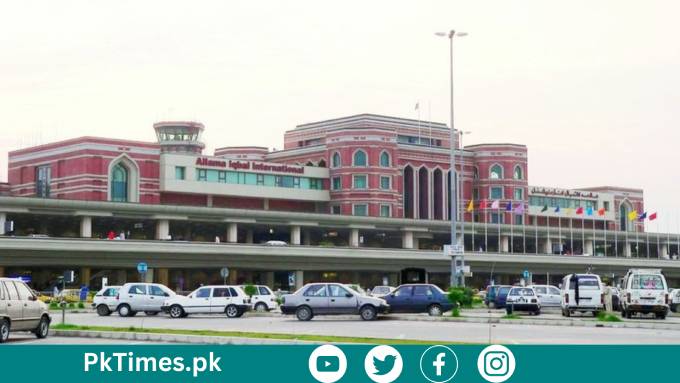Guide to Airports in Pakistan: In the vast expanse of the sky, airports serve as the gateways that connect nations, cultures, and people. In Pakistan, a country blessed with diverse landscapes and a rich tapestry of cultures, airports play a crucial role in facilitating domestic and international travel, fostering economic growth, and promoting tourism. Join us on a journey as we explore the aviation infrastructure of Pakistan, from major international hubs to regional airstrips, and delve into the challenges and opportunities shaping the country’s aviation sector.
Overview of Aviation in Pakistan
The history of aviation in Pakistan dates back to the early 20th century, with the establishment of air transport services for mail and passengers. Over the years, the aviation industry in Pakistan has witnessed remarkable growth and expansion, driven by advancements in technology, infrastructure development, and increasing demand for air travel. Today, Pakistan boasts a network of airports that serve as lifelines connecting cities, towns, and remote regions across the country.
Major International Airports in Pakistan
At the forefront of Pakistan’s aviation infrastructure are its major international airports, which serve as vital gateways for travelers entering and exiting the country. From the bustling streets of Karachi to the serene landscapes of Islamabad, these airports welcome millions of passengers each year and play a crucial role in promoting tourism, trade, and diplomacy. Among the notable international airports in Pakistan are Jinnah International Airport in Karachi, Allama Iqbal International Airport in Lahore, and Islamabad International Airport in the capital city.
Regional Airports in Pakistan
Beyond the bustling metropolises, Pakistan is dotted with regional airports that serve as lifelines for remote communities and underdeveloped regions. These airports play a crucial role in connecting smaller cities and towns to the national and international aviation network, providing essential air transport services to residents and businesses in these areas. From the rugged terrains of Gilgit-Baltistan to the coastal plains of Balochistan, regional airports serve as vital links in Pakistan’s aviation infrastructure.
Airports Under Development
In line with its vision for economic growth and development, Pakistan is investing in the expansion and modernization of its airport infrastructure. Several airports across the country are currently undergoing development or expansion projects aimed at enhancing capacity, efficiency, and passenger experience. These projects include the expansion of existing airports, construction of new terminals, and implementation of state-of-the-art technologies to improve safety and operational standards.
Challenges and Opportunities in Pakistan’s Aviation Sector
Despite the progress made in recent years, Pakistan’s aviation sector faces several challenges that hinder its growth and development. These challenges include infrastructure constraints, regulatory issues, security concerns, and environmental sustainability. However, amidst these challenges lie opportunities for innovation, collaboration, and growth. By addressing these challenges and leveraging emerging technologies and best practices, Pakistan can unlock the full potential of its aviation sector and contribute to economic growth and prosperity.
Future Outlook for Airports in Pakistan
Looking ahead, the future of airports in Pakistan is filled with promise and potential. As the country continues to invest in its aviation infrastructure and embrace technological advancements, airports will play an increasingly vital role in shaping the nation’s connectivity, competitiveness, and development. From enhanced passenger services to improved cargo handling capabilities, airports will evolve to meet the growing demands of travelers, businesses, and the economy.
Conclusion
In conclusion, airports in Pakistan are not just concrete structures dotting the landscape but symbols of connectivity, progress, and possibility. As gateways to the world, they serve as engines of economic growth, drivers of tourism, and catalysts for development. By investing in their infrastructure, addressing challenges, and embracing opportunities, Pakistan can position itself as a regional aviation hub and soar to new heights in the global aviation landscape.
FAQ’S


